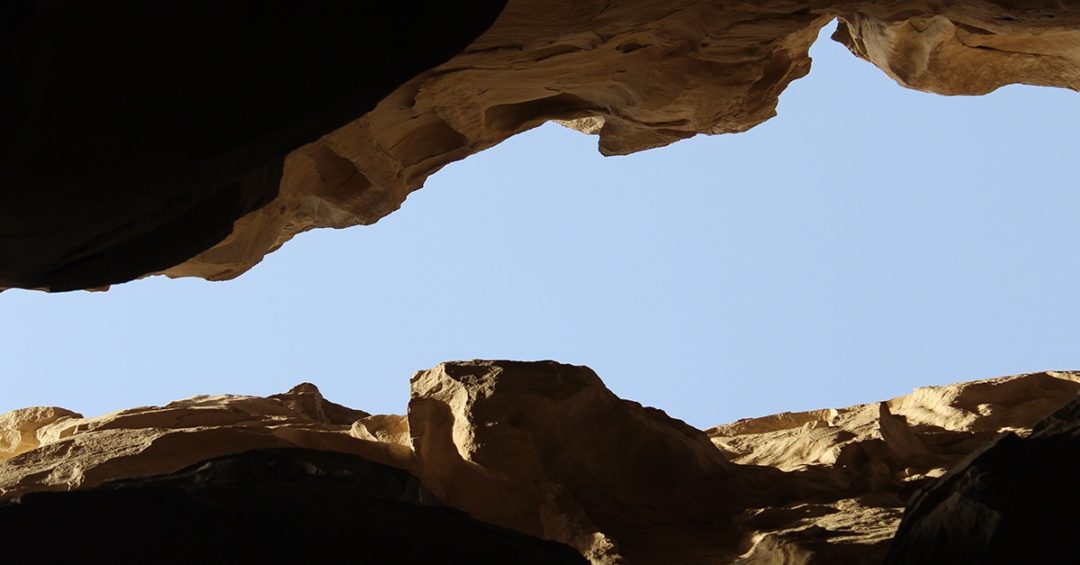By \ November 16, 2018
Despite the classic American values extolled by political leaders and history books (freedom, hard work, resilience, etc.) it’s impossible to pin down any one American experience.
While some people might believe that “hard work” and “resilience” are ideal American qualities and strive to achieve them, others might see “friendliness and diversity” as more fitting. For the underprivileged or voiceless, the identity of America might be totally different. They might see the United States as defined by traits that include “hypocritical” or “dangerous.”
The difference between these perspectives reveals what anthropologists call the “culture gap,” — the difference between cultures that prevents a mutual understanding. Every day, this prevention of mutual understanding leads people to fall into conflict. They unintentionally offend one another, miss-judge one another’s motives, and often times develop mindsets that widen that gap even further.
Though far less socially damaging, marketers and business leaders have a culture gap, too. For us, the gap exists between the shared experience among our customers and the experiences we deliver. Or more simply put, what they want and what we think they want. The lack of a mutual understanding here is what leads to ineffective strategies and products.
A good example exists in the world of higher education marketing. While many marketers at universities want to promote the educational experience that has always made higher education unique, such as liberal arts or STEM learning, personal development, and inspired curiosity, most students just want to prepare for a job. As a result of this gap, any university in recent years that wasn’t explicitly mentioning job placement and industry preparation may have lost a chance to connect with prospects.
The speed at which culture evolves makes identifying and acting on culture gaps very difficult. For example, students just two years from now may develop a strong interest in a liberal arts education and “learning for the sake of learning.” Maybe the next wave of students will want to read Keats and learn Latin and will choose schools that convey expertise in those subjects. Things go in cycles. And it’s hard to predict when.
The value of anthropology in the business world is that the discipline is designed to identify culture gaps. Through direct audience observation and research, marketers can use anthropology to identify the exact wants and needs of audiences. Together, we can close the gaps between what we think our customers want and what will actually build lasting bonds with them.
